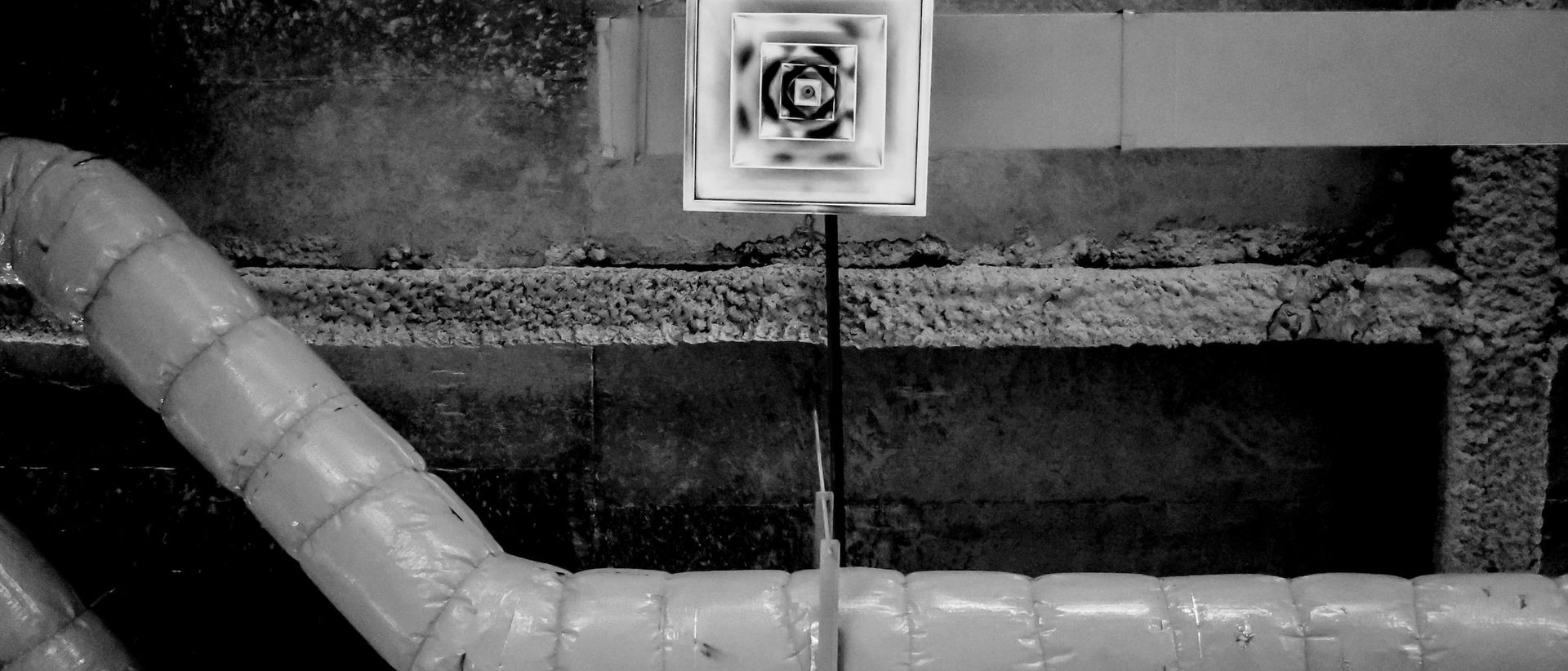HVAC Ducts and Venting
HVAC ducts and venting are essential components of any heating, ventilation, and air conditioning (HVAC) system. They are responsible for delivering conditioned air from the HVAC unit to various rooms and spaces in a building, and for removing stale air and pollutants from those same spaces. In this article, we'll take a closer look at the different styles of HVAC ducts and venting, the various parts and accessories that are involved, and best practices for installing and maintaining them.
Flexible Duct
Flexible duct is a type of ductwork that is made of a flexible plastic or metal material, which allows it to bend and flex around corners and obstacles. There are several different types of flexible duct, including:
- Flexible Semi-Rigid Duct: This type of duct is made of a semi-rigid aluminum material that is flexible enough to bend around corners, but stiff enough to maintain its shape. It is commonly used in HVAC systems that require a combination of flexibility and durability.
- Flexible Vinyl Duct: This type of duct is made of a flexible plastic material that is lightweight and easy to install. It is often used in small HVAC systems or for temporary installations.
- Insulated Flexible Duct: This type of duct is covered in insulation material to help prevent heat loss or gain, and to reduce noise transmission.
Flexible duct is commonly used in residential HVAC systems, as it is relatively easy to install and can be cut to size as needed. However, it is important to ensure that the duct is properly supported and secured in place, as sagging or loose duct can reduce airflow and decrease system efficiency.
Rigid Ductwork
Rigid ductwork is a type of duct that is made of a rigid material, such as metal or fiberglass. There are several different types of rigid ductwork, including:
- Sheet Metal Ductwork: This type of ductwork is made of thin sheets of metal that are formed into rectangular or round shapes. It is commonly used in commercial and industrial HVAC systems, as it is durable and can handle high air velocities.
- Fiberglass Duct board: This type of ductwork is made of compressed fiberglass insulation that is covered in a foil or plastic material. It is commonly used in residential HVAC systems, as it is lightweight and easy to install.
- Spiral Ductwork: This type of ductwork is made of a continuous spiral of metal that is formed into a round shape. It is commonly used in commercial and industrial HVAC systems, as it is highly efficient and can handle high air velocities.
Rigid ductwork is often used in HVAC systems that require higher airflow or where durability and longevity are a concern. However, it can be more difficult and time-consuming to install than flexible duct, and may require additional supports or hangers to ensure proper alignment and stability.
Vent Kits
Vent kits are pre-packaged sets of components that are used to install a vent or exhaust system for an HVAC system. There are several different types of vent kits, including:
- Dryer Venting Kits: These kits are used to install a vent for a clothes dryer, and typically include a vent hood, duct pipe, and clamps.
- Roof Vent Kits: These kits are used to install a vent through a roof, and typically include a vent cap, flashing, and duct pipe.
- Wall Vent Kits: These kits are used to install a vent through a wall, and typically include a vent hood, duct pipe, and wall cap.
- Under Eave/Soffit Vent Kits: These kits are used to install a vent under the eaves or soffit of a roof.
